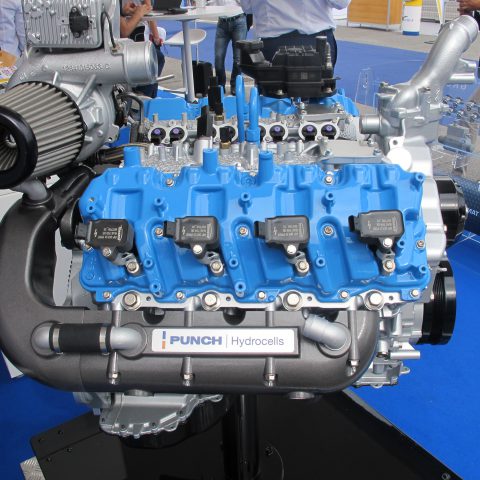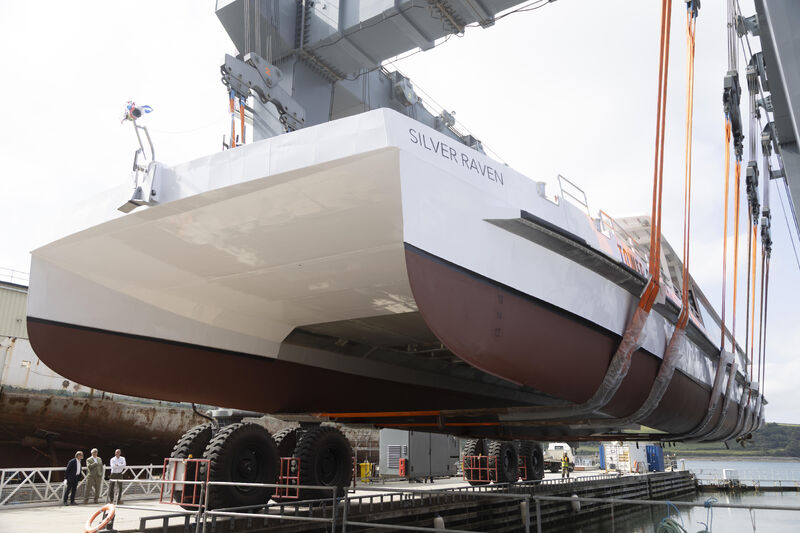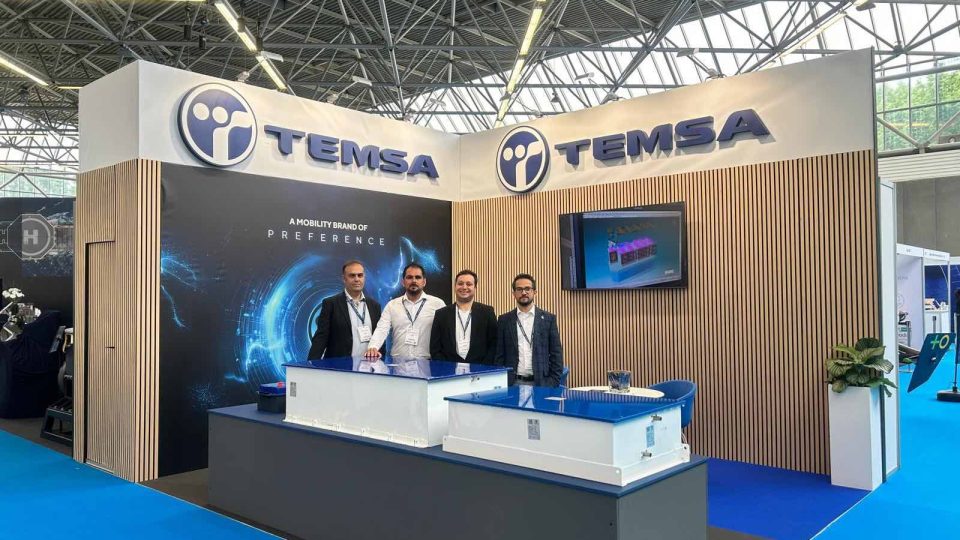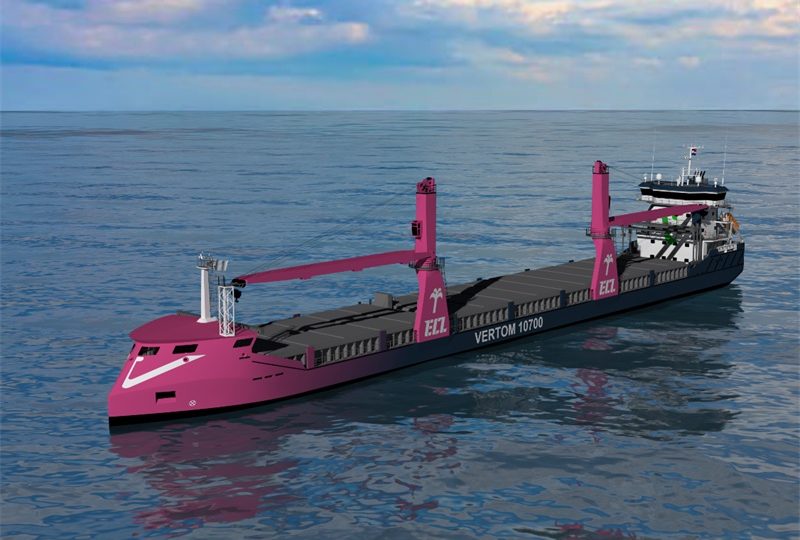Genoa Boat Show 2021
Optimism in Genoa on the first day of the Genoa Boat Show 2021. Punch Hydrocells and Castagnola Yacht, Cummins B4.5, hybrid propulsion solutions

The Genoa Boat Show 2021 got started under the best of circumstances. In spite of the weather revisions, the opening ceremony was duly held at 10.30 am, without a drop of rain. The entire opening day took place, so to speak, in the dry… The opening ceremony was followed by a conference entitled “Made in Italy, a country driving itself forward” which saw leading names in the boating, fashion and design industry, aimed at delving into the opportunities that lie at the heart of this year’s recover plan.
At Genoa Boat Show 2021 the public premiere of Punch Hydrocells
This is a spin-off of Punch Torino, which confirms itself as a dynamic and decarbonisation-oriented brench. The establishment of Punch Hydrocells follows the announcement of the agreement with AVL Italy, Landi Renzo and the bus manufacturer Industria Italiana Autobus in order to improve the use of hydrogen for the traction of vehicles in public transport. Pierpaolo Antonioli, Ceo of Punch Torino has emphasized: “Punch Group is fully committed to a zero-emission future. The study of new propulsion systems to be placed on the market, including Hydrogen, plays a major role in our decarbonisation strategy. According to Punch Torino and its consolidated experience in automotive engineering, the future of propulsion goes through this energy carrier, which allows the solution of some of the problems existing in the nautical sector.”
Back to the sea, Punch Hydrocells unveiled a project together Landi Renzo e Castagnola Yacht. The Ceo of Castagnola Yacht, Gabriele Maestri has stated: “Castagnola Yacht has decided to face the challenge of decarbonization by actively participating in the design and construction of a “Green” model of the Heritage boat. Our WTS production process will be further enriched with a new element to replace carbon. Combined with the hydrogen powered propulsion provided by Punch Hydrocells, it will allow us to offer the nautical market a completely ecological boat. Punch Group has understood the reliability and strong capabilities that characterize our innovative production, which has been ongoing since 1974 in our shipyard located in Lavagna, very close Genoa. We are aware that the path towards a more sustainable mobility is long and highly challenging, but we firmly believe that the dynamic approach of our company combined with our strategic partnerships will allow us to achieve great results.” We’ll wrote more about Punch Hydrocells on the next POWERTRAIN issue and on our website too.
Cummins B4.5
“The B4.5 may be the smallest marine engine offered by Cummins but it is a powerful solution for the marine industry,” remarked Stefano Unali, Sales Manager at Cummins Marine. “This new marine engine, based on the B4.5 industrial engine, has proven itself time and time again in demanding applications, and yet is easy to service and operate.”
The in-line 4-cylinder, 16 valve, 4-stroke marine engine is easy to adapt to not only fit new builds but can easily replace outdated propulsion systems with a quieter, more environmentally friendly option. The B4.5 can accomplish all this and more thanks to several propulsion and auxiliary engine options. These include ratings from 99-250 HP, a choice between keel cooled (KC) and heat exchanger (HX), and straight turbo or turbo after cooled models. In addition, the Cummins marine B4.5 meets genset requirements for the power range between 60kWe to 112kWe.
So many hybrids
We just mention some of the ideas that we’ve seen in Genoa. For first, Tonissi Marine, MAN Engines dealer, deployed an hybrid solution with a Nanni diesel engine based on Toyota T4.270, 4 cylinders 2.99 litres displacement. Tonissi received requests for commercial boats, in partnership with Tema, so they developed projects including Nanni Diesel for work boats. 270hp diesel, in-line coupled with 23kW Tema), in electric mode recharges batteries, autonomy depends on the battery pack. This propulsion systems will end up in Venice, with the participation of the Chia shipyard.
Rama Marine, together with Benevelli, developed a system based on IPM synchronous technology, which compared to conventional motors reduces volumes by up to 60% and increases power by up to 40%, with a higher power density. Rare earth permanent magnets with very high magnetic capacity, positioned inside the rotor, generate a magnetic field with very little current. Asynchronous motor requires a lot of current, that’s not needed here.











